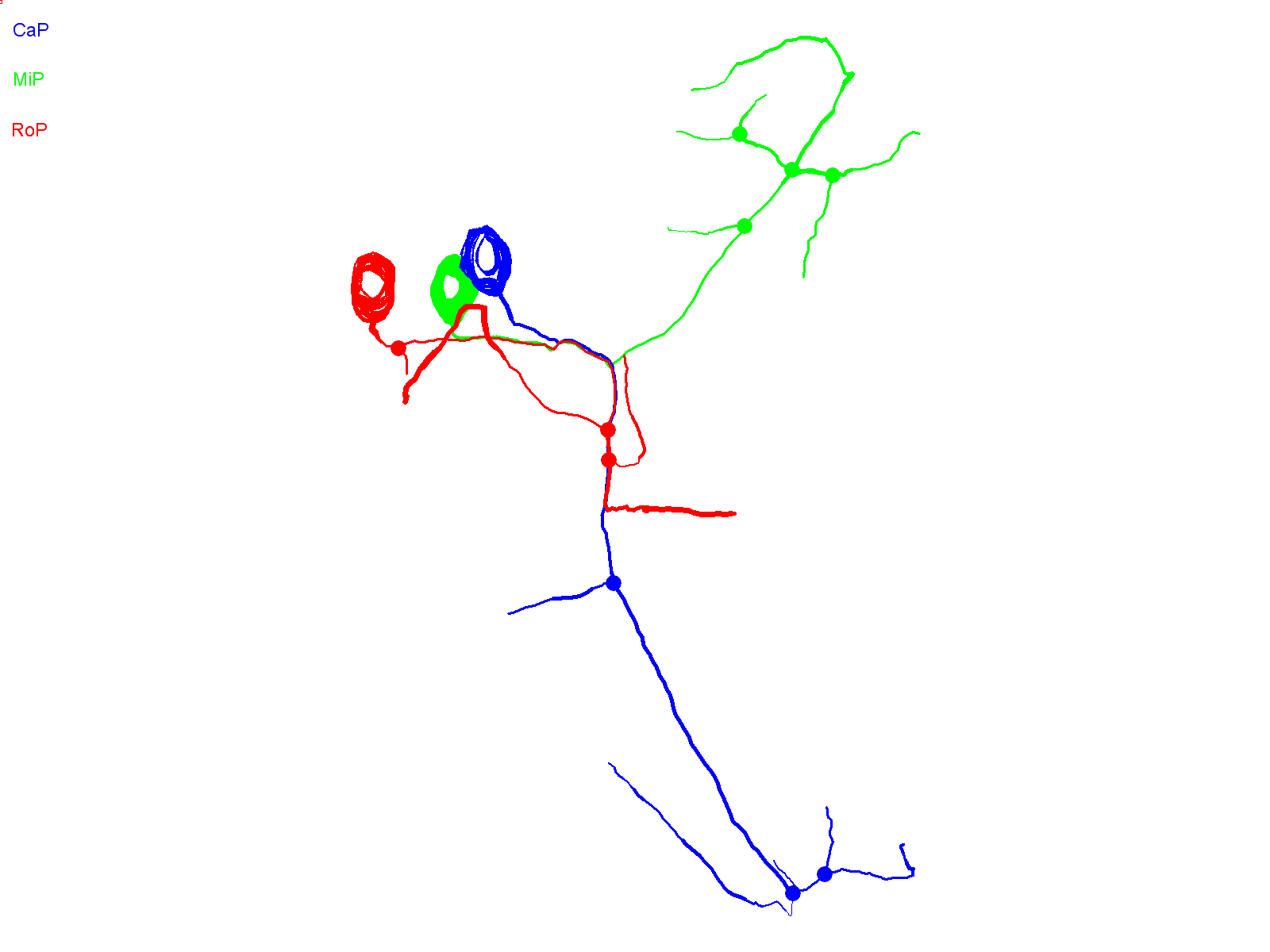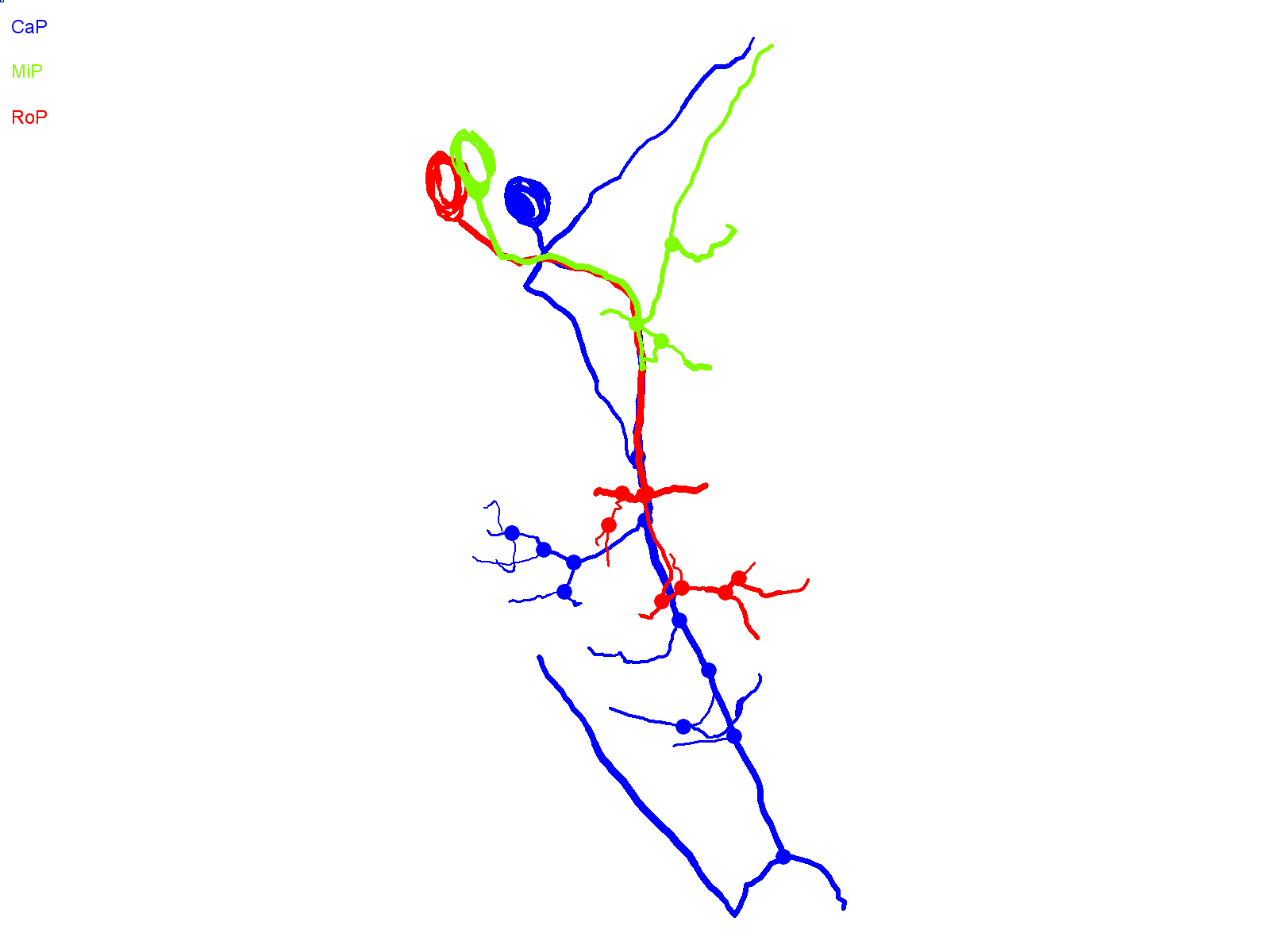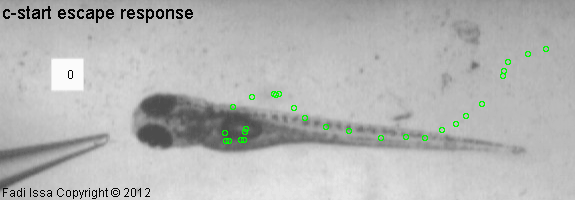1. Neural Bases of Social Behavior
An exciting
line of research we are currently pursuing is to
investigate the effects of how social interactions and
the ensuing social hierarchies that emerge influence
brain structure and function. We are interested with
addressing the question of how animals of different
social standing adapt their behavior to fit their
social rank, and how their behavior is reflected in
changes in brain function. Toward that end, we are
utilizing zebrafish as a model organism to address how
hypothalamic dopaminergic and thalamic nuclei are
modified morphologically and functionally during
social interactions using multitude of approaches
including: behavioral, molecular, genetic and
histological approaches.2. SCA-13 Research
A second focus of our research is to determine the underlying mechanisms that cause Spinocerebellar Ataxia type 13 (SCA-13). SCA-13, much like Parkinson's disease, is a genetic neurodegenerative disease that sadly leads to a lack of motor control for those individuals inflicted. We know very little of what happens to the nervous system to trigger SCA-13, and there is no silver bullet to prevent it nor to completely treat those that have it.
I am using zebrafish
to investigate the effects of SCA-13 mutations on the
development and electrical activity of the cerebellar
and spinal cord neurons and consequently how these
cellular changes affect behavior. My work is
generously being funded by a grant from The
National Ataxia Foundation.
 |
 |
|
3D digital reconstruction of
normally developed zebrafish spinal cord primary
motor neurons (MiP, RoP, CaP)
illustrating the specificity of axonal
trajectory of each primary neuron toward its
target muscle. (Issa et al. DMM,2012).
|
3D digital reconstruction of zebrafish spinal cord motor neurons expressing the infant-onset SCA-13 mutation illustrating the path-finding errors typically displayed by the CaP neuron of sending abnormal side branches that project dorsally toward regions that typically are not innervated by the CaP neuron. (Issa et al. DMM, 2012). |
Press commentaries:
Site Design by Fadi Issa
Last updated: 7/31/24

